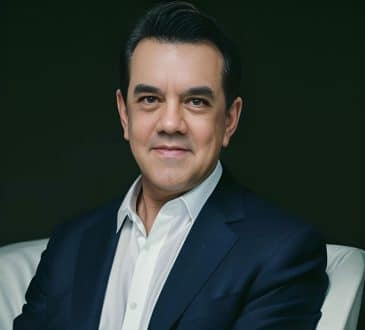What to do? Does this sound familiar?

The competition is stealing my talent; the CDC says masks/no-masks; WFH staff don’t want to come back to the office! What am I to do?
As we know, the business has always been about profits and beating the competition. We have to be first at anything –be it product, service, computer systems, etc. We are seeing this old model emerge from the pandemic with relatively the same structure as has always been the ‘norm’ as long as it is profitable.“
This is the way we’ve always done it here at XYZ corporation.
”Once in a while, a leader comes along that sees differently. They have a new vision for the industry and are willing to ‘bet’ on the results. Sometimes with not so good results AND sometimes with a paradigm shift in an industry –K Cars is a good example from the 1980’s stayed strong in the car market for most of a decade bailing the Chrysler Corporation out of near bankruptcy.
At the beginning of the last century people said nothing could replace the horse for transportation –well not so, huh?
Fossil fuel transportation will not be here too much longer as we harness new energy along with closing the fossil fuel and coal industry. We can make water out of desert air now and wind will be ‘the’ source forpower for cities very soon.
So back to me and “What to do?”
Leaders who don’t think in traditional ways, as stated above, are already taking steps to procure new talent for the changes in society, pandemic related industry, new wealth, and new products/services. These are the ones who look beyond a situation and create products/services to accommodate the situation and not sit back and “wait until the dust clears” to take advantage and not simply recover.
A great example is JP Morgan began recruiting new super wealth handlers as soon as they saw what was happening during the pandemic. This is not reacting –this is responding and moving forward.
Leaders must look to the future with a new vision for themselves and their companies. The ‘vision’ section in the company’s business plan isn’t about a general thought about how the company works, but rather how the vision can be something else altogether.
Lee Iacocca had a vision for a car. Henry Ford had a vision about mass production. Bill Gates had a vision about a computer. These are “visions” yes and they are products. This leads me to where a vision could lead for someone who sees past products and services to something much more rewarding and profitable –people and their individual genius and the Vision Strategy Roadmap was born this in mind.
The Vision Strategy Roadmap was created two years ago for a client and his company. The President wanted something that could keep his people happier and not want to leave the company. Sales were growing year after year as were R&D introducing new products every couple of years. He reported the loss of at least one employee per quarter to the competition. An excellent record for job-related injuries as his people were very safety conscious insurance costs manageable. Recruiting new talent was time-consuming and costly. All of which was not acceptable to him as a ‘normal’ business expense.
My client was referred to me by another client who spoke of my talents for creating new sales and marketing programs as well as strategy and thought leadership very often and with high enthusiasm. My reputation with my clients is that of the guru of new strategies and ‘in the moment’ ideas around a problem along with the client creating a plan to solve that problem using my input. In other words, ownership is everything.
When this client came to me, I had just written up the Vision Strategy Roadmap and had successfully used it with another client who wanted something for themselves. I sent him the roadmap while talking to him over an audio/visual platform I use and we saw right away that this could be used for his company. We then scheduled a day/time the next week to walk through the roadmap for both himself and his company and encouraging him to work on it ahead of time to get some ideas.
We met that next week and created a vision for him and one for his company over the course of 2 hours. His vision was to create a culture of achievement where people who achieved regularly would be more motivated to come to work and stay. Well, after a couple of months, he was blown away!
Each of his 4 departments had their own Vision Strategy Roadmaps and were achieving them faster than all had expected, which in turn, resulted an environment of achievement rather than just happy people.
Here’s what we generally know of achievers:
1) achievers don’t get sick
2) achievers don’t burnout
3) achievers don’t leave the company.
Let’s take a look at “What to do” could look like from a new perspective. In this example, employee’s attrition went to zero for over 2years now. Employee related expense has dropped measurably in all categories of health insurance, recruiting, lost time, etc. Sales continued to grow through the pandemic on goods that were not needed for the pandemic. The staff rearranged the production floor to more open and safer for staff to work together and adhere to CDC guidelines.
Both my client and his company have achieved their visions, celebrated it, and created the next visions going forward.Perhaps it’s time for you to lookat both yourself and your company. Perhaps it’s time for you to lookat both yourself and your company.
Written by Terry Earthwind Nichols.
Bring the best of the CEOWORLD magazine's global journalism to audiences in the United States and around the world. - Add CEOWORLD magazine to your Google News feed.
Follow CEOWORLD magazine headlines on: Google News, LinkedIn, Twitter, and Facebook.
Copyright 2025 The CEOWORLD magazine. All rights reserved. This material (and any extract from it) must not be copied, redistributed or placed on any website, without CEOWORLD magazine' prior written consent. For media queries, please contact: info@ceoworld.biz











